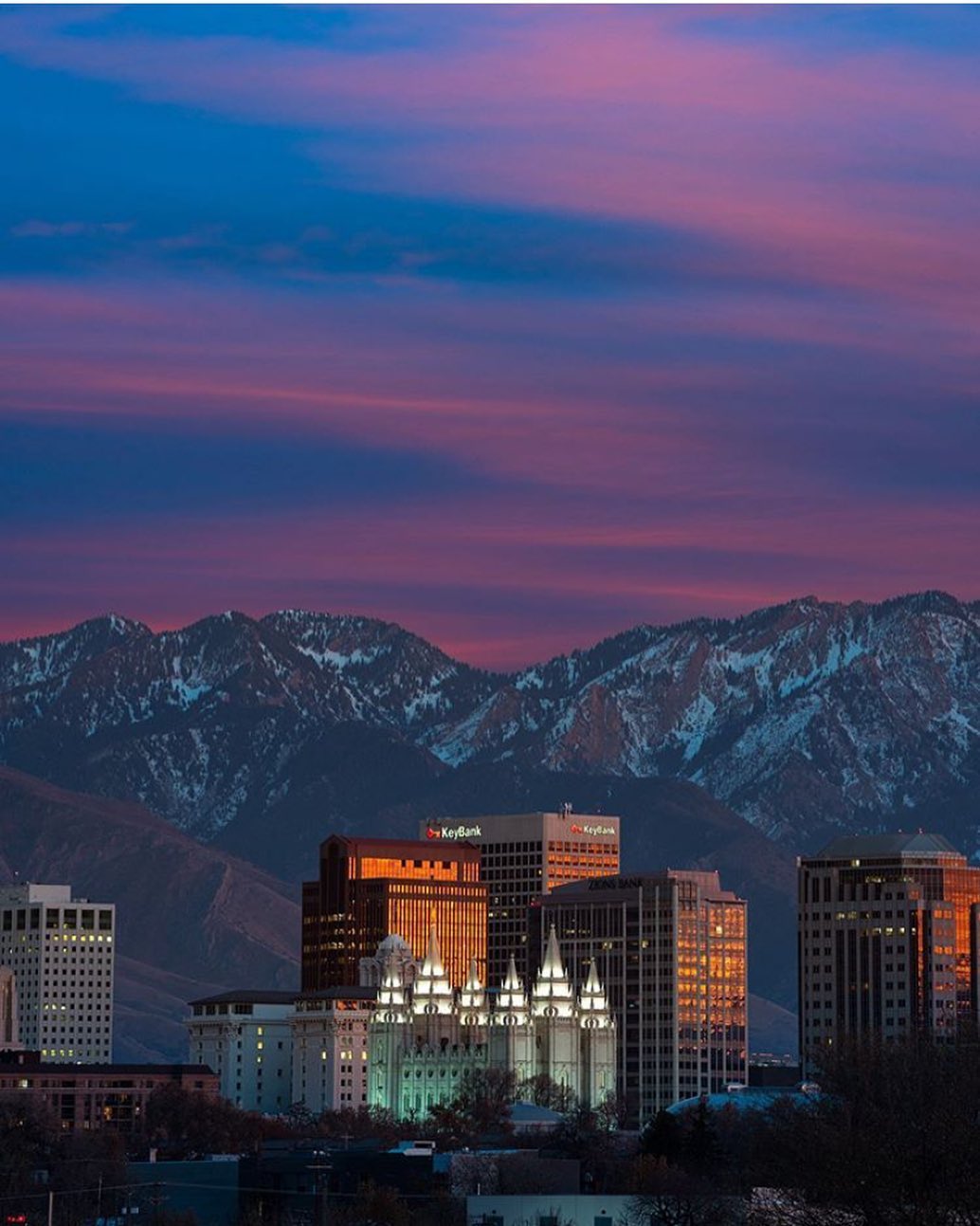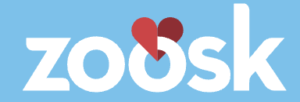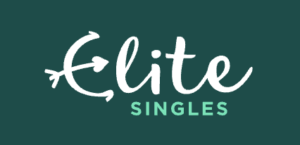Salt Lake City Has High Gay Population

SALT LAKE CITY, June 11 — David Johnson stopped believing in the Mormon church about three years ago, when he came out of the closet after returning home from a proselytizing mission in Thailand.
At 24, he is ignoring strict principles of a church that teaches that homosexuality is a serious sin by living the life of a gay man.
He has moved away from his parents’ home in southern Utah — his father, a devout member of The Church of Jesus Christ of Latter-day Saints, has little to do with him — but he hasn’t moved as far as you might imagine.
He chooses to live here, in the capital of one of the nation’s most conservative states, which is shadowed by the worldwide headquarters of a church that suffuses nearly every aspect of life in Utah. The Mormon church, one of the world’s fastest growing faiths with about 12 million members worldwide, won’t accept homosexuals until they are spiritually rehabilitated.
”It’s not that I’m angry with the church. I understand that they don’t understand,” Johnson said. ”I would rather spend my energy elsewhere on something I can actually change.”
During the Pride Week Festival that runs through Sunday, plenty of people like Johnson are gathering around Salt Lake City — a yearly reminder of just how large the gay community here has become. It culminates Sunday with a parade that organizers say is the second largest in the state, behind the annual July 24 ”Days of ’47” parade commemorating the Mormon settlement of the Salt Lake Valley.
A Mormon church spokeswoman declined to comment on Pride Week, instead referring a reporter to previous church statements on homosexuality in general. They read, in part: ”We realize there may be great loneliness in their lives but there must also be recognition of what is right before the Lord.”
Figures on Salt Lake City’s gay population are hard to come by. Leaders of many of the city’s advocacy groups don’t even venture a guess.
The latest census did not request information about sexual orientation, but did tally 594,391 same-sex couples living together nationwide, with 3,370 of them in Utah. Gay advocates have estimated those numbers undercount the population by as much as 50 percent, because it only counts homosexuals who are in a live-in relationship and admit that to census officials.
Urban Institute demographer Gary Gates and researcher Jason Ost, authors of The Gay and Lesbian Atlas, estimate Salt Lake City to be in the top 6 percent of cities where gay and lesbian couples were likely to live.
”Clearly, Salt Lake City has a high concentration,” Gates told The Associated Press.
Many gays and lesbians in Utah are former Mormons who grew up in the area and don’t want to leave — despite a political system that just passed one of the country’s most restrictive amendments banning gay marriage. Others migrated from equally conservative nearby states like Idaho and Wyoming, which have no high-concentration gay areas of their own.
Many of Salt Lake’s gays and lesbians don’t want to abandon the style of Western living they grew up with, said Michael Mitchell, executive director of the advocacy group Equality Utah. The pace of life is generally slow, and nearby mountain ranges full of ski runs and hiking trails provide abundant opportunities for enjoying nature while still living in an urban area.
Other benefits like affordability and a relatively low crime rate are enough for some people to justify staying, he said.
Besides, Mitchell notes, ”the next big city is Denver, eight hours one way, and Las Vegas, five hours the other way.”
The decision for gays and lesbians to stay in Utah can be complicated, especially since the Mormon church is as much a culture as a faith, but Johnson said he’s been able to negotiate his own set of beliefs.
”Some of their core values I really like,” he says of the church, ”but some of their extenuating guidelines and morals, they just don’t work for me.”



